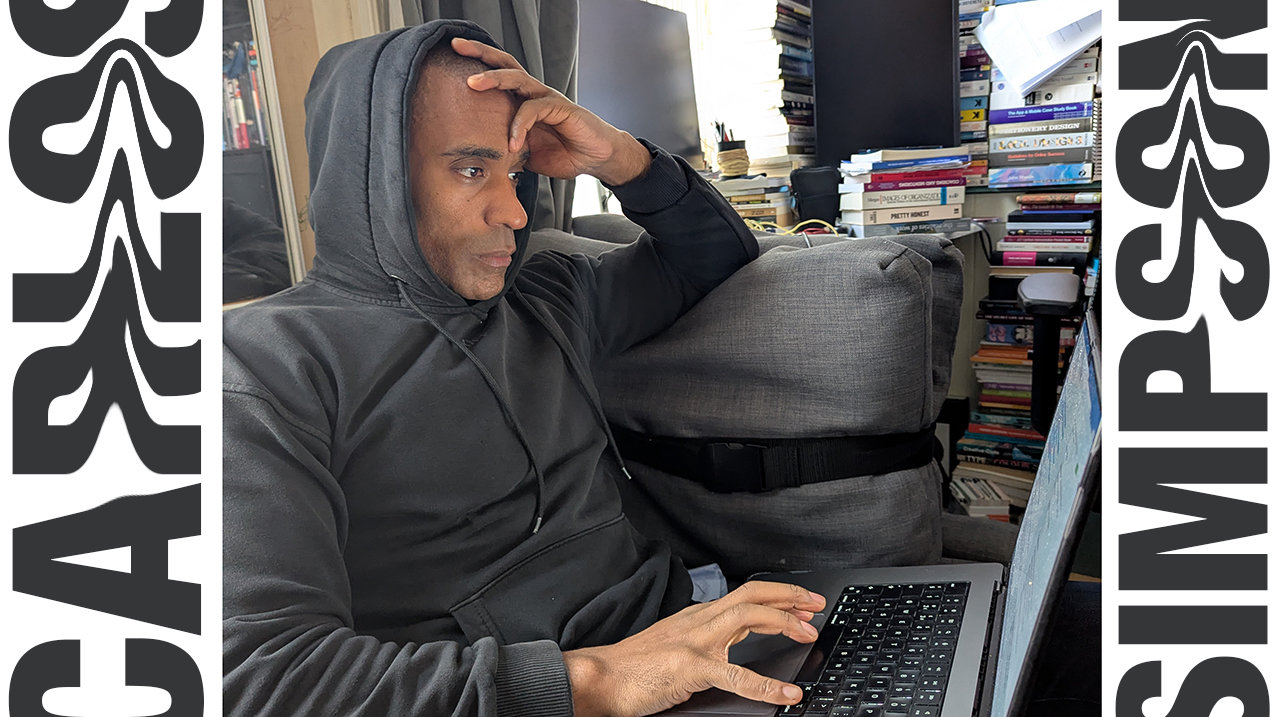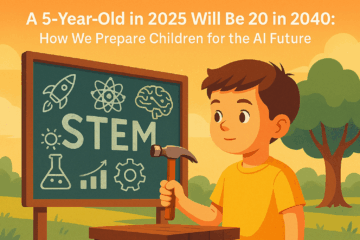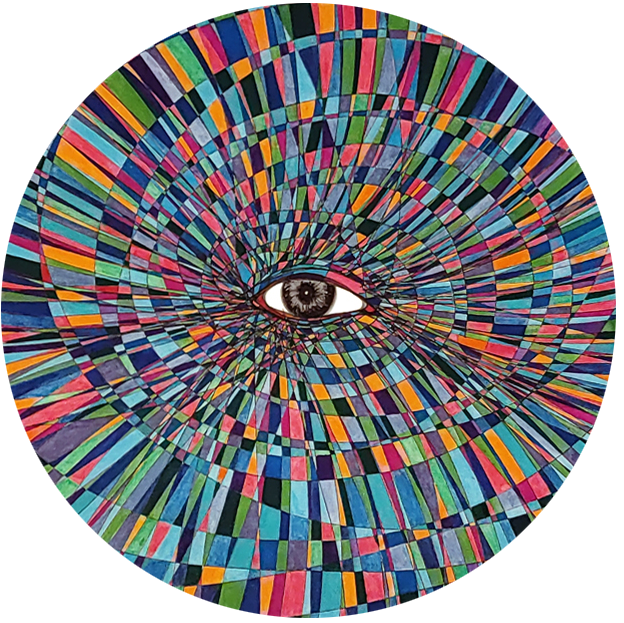Thank you for reading this post, don't forget to subscribe!
By Carlos Simpson – Politics Design
Everyone thinks the future is about innovation, AI, smart cities, green energy.
But that’s the cover story.
The real future – the one unfolding behind policy papers and quarterly reports – is about quietly managing the human surplus. Not with violence, but through design. Not with bullets, but with systems that make extinction look like progress.
From Asset to Liability
From Assets to Liabilities
In the old industrial world, humans were assets.
More people meant more workers, more soldiers, more taxpayers.
But technology has changed the equation.
Automation, robotics, and artificial intelligence don’t need rest, wages, or empathy. The machine became the new worker, precise, tireless, and profitable.
From a corporate-state perspective, people have shifted category: from assets to liabilities.
And in every system, liabilities are quietly minimized.
The Design of Disappearance
There’s no declaration that says “reduce the population.”
Instead, environments are engineered so that people self-select out of life one unhealthy choice, one unaffordable bill, one distracted day at a time.
-
Control the food supply
Real nutrition becomes a luxury. Supermarkets overflow with cheap, addictive, hyper-processed calories. Diseases like obesity, diabetes, and cancer are normalized slow-motion euthanasia disguised as lifestyle.
According to the World Health Organisation, ultra-processed foods are now linked to a surge in noncommunicable diseases globally (Monteiro et al., Public Health Nutrition, 2019). -
Privatize survival systems
Healthcare is no longer a right it’s a product. Hospitals, insurance, and medicine operate as market instruments. If you can’t afford to live, nature takes its course.
In the U.S., medical debt remains the leading cause of bankruptcy (Himmelstein et al., American Journal of Public Health, 2019). -
Monetize distraction
Endless news cycles, influencer feuds, and political outrage keep society emotionally engaged but mentally distant. Attention becomes the currency of compliance. People argue within digital enclosures while algorithms quietly decide who thrives and who disappears.
The Pyramid of Control
Infographic: “The Pyramid of Control” a visual by Carlos Simpson Design Studio illustrating how modern systems quietly manage humanity through distraction, health commercialisation, synthetic food economies, and economic pressure. A reflection on how profit and progress intertwine to devalue human life in slow motion.
Corporate Darwinism
This isn’t genocide. It’s market-driven selection, a new form of corporate Darwinism.
No firing squads, no camps, no laws. Just invoices.
- A hospital bill you can’t pay.
- A student loan that prevents a family from…
- A food system that feeds disease.
It’s extinction through economics; the most profitable reduction in human history.
The Illusion of Freedom
The most dangerous illusion is that we’re making free choices.
In truth, every click, meal, and payment is nudged by design.
Freedom without awareness is just well-packaged obedience.
But awareness is power.
History reminds us that every era of control eventually meets its counter-movement driven not by machines, but by human consciousness.
The system profits from our sleep. It fears our awakening.
References
- Monteiro, C. A. et al. (2019). Ultra-processed foods, diet quality, and health. Public Health Nutrition, 22(5), 936–941.
- Himmelstein, D. U. et al. (2019). Medical bankruptcy: Still common despite the Affordable Care Act. American Journal of Public Health, 109(3), 431–433.
- World Health Organization (2023). World Obesity Report 2023.
- Zuboff, S. (2019). The Age of Surveillance Capitalism. PublicAffairs.
- Standing, G. (2016). The Precariat: The New Dangerous Class. Bloomsbury Academic.
Related Projects
- BE(YOU)FULL – Empowering Education Through Awareness
- Mentoring Coaching Solutions (MCS) – Leadership and Human Development
Closing Reflection
Every empire disguises its decline as progress.
The future doesn’t have to be automation versus humanity, it can be automation with humanity.
The question isn’t what AI will become.
It’s what we will remember to remain.
A curated version of this essay is also available on Medium, where Carlos Simpson continues the conversation on systemic design, automation, and the future of humanity.






